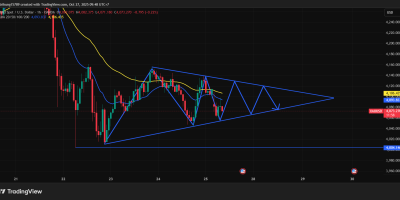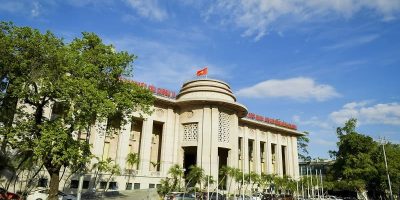The U.S. government shutdown is creating one of the biggest challenges for the Federal Reserve as it prepares to decide on interest rates. The closure has delayed or disrupted several key economic reports — including data on employment, retail sales, and inflation. Without these official figures, policymakers are left with limited visibility on the true state of the economy.

In the absence of comprehensive data from federal agencies, the Fed must rely on private or alternative data sources, which are often less reliable and less standardized than government reports. This raises the risk of misinterpreting the Fed’s dual mandate — maintaining price stability and supporting employment.
Previously, financial markets had almost fully priced in a 0.25% rate cut by the Fed at its late-October meeting. However, the shutdown has created significant uncertainty, making that expectation far less certain.
Wall Street analysts note that if the shutdown continues, the economic damage — from halted government spending, furloughed workers, and weakened consumer sentiment — could shift policymakers’ concerns from inflation toward growth risks. This scenario could strengthen the case for a rate cut in the coming weeks.
In summary, the ongoing “information blackout” caused by the U.S. government shutdown has placed the Fed in a difficult position. It must now choose between keeping rates high to fight inflation amid limited data, or lowering rates to cushion a potential economic slowdown — both options carrying considerable risk.
















Leave a Reply